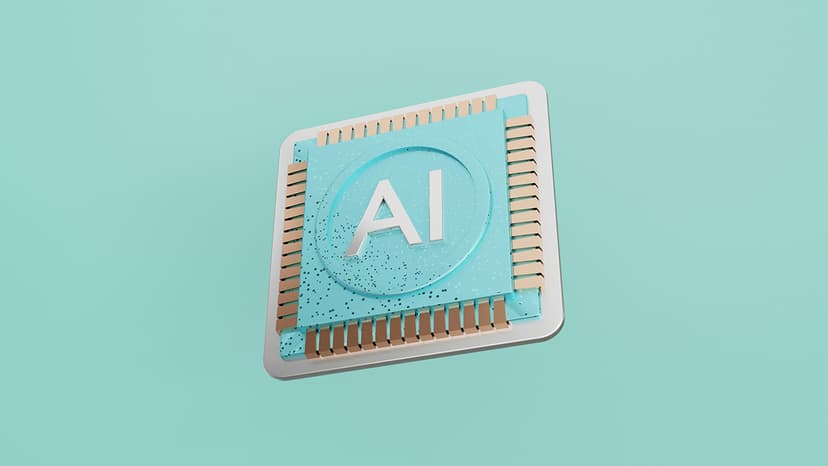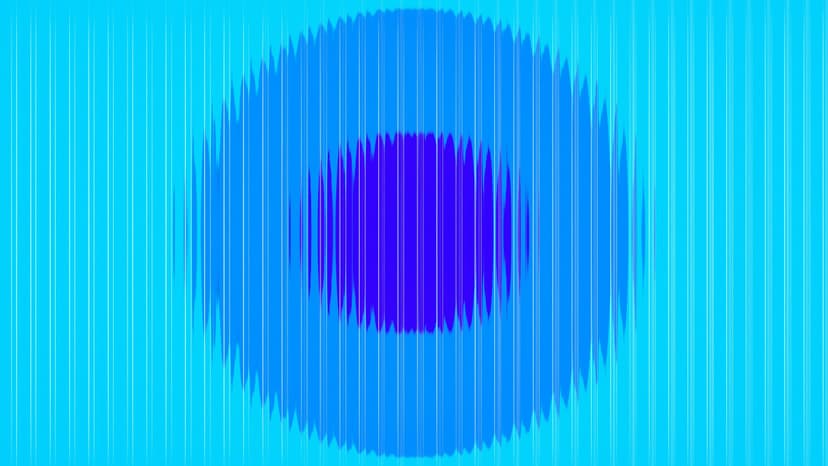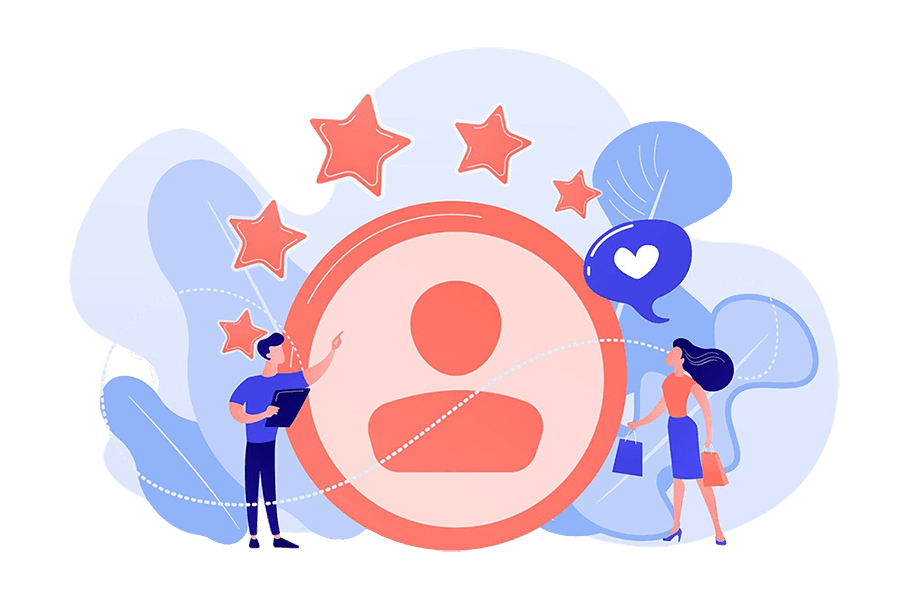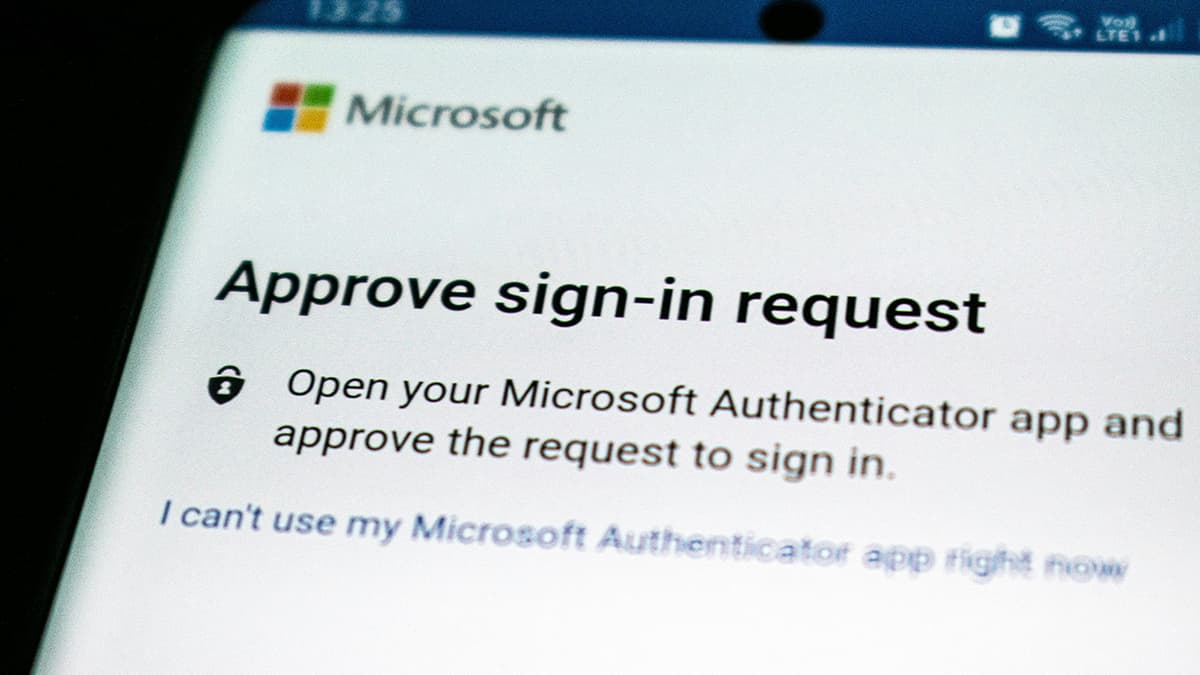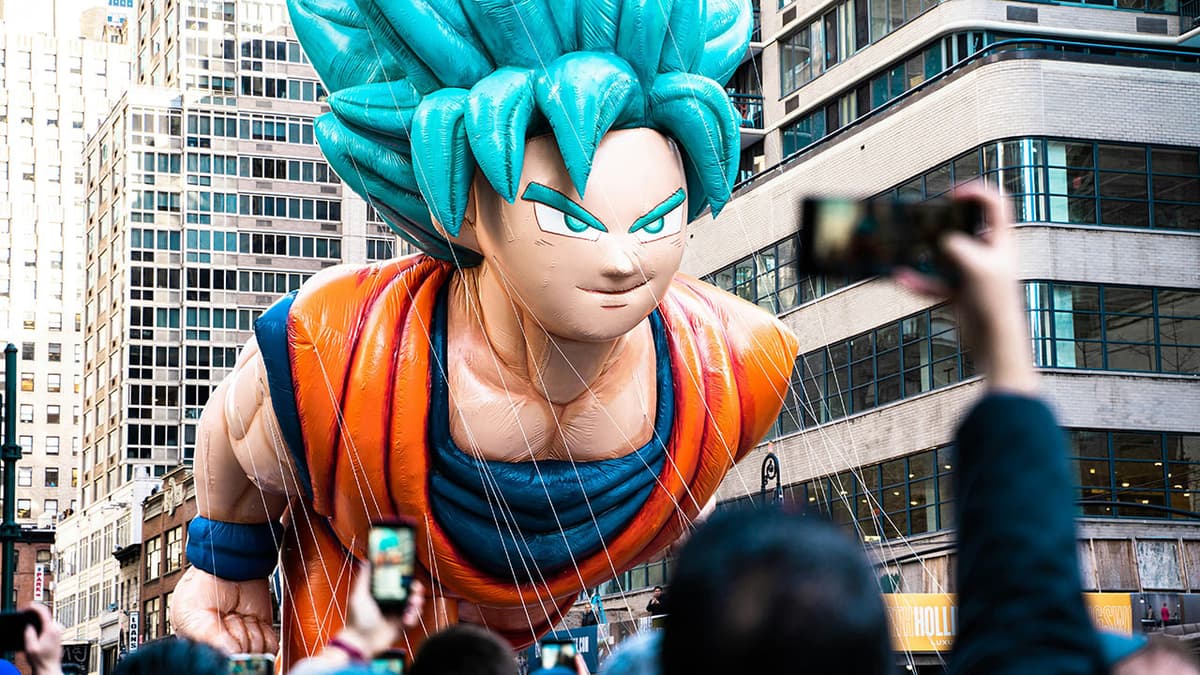What Does a Labeled Image Look Like and What Is Labeling for an Image?
Image labeling is a basic but very important part of working with computer vision. It helps computers recognize what's in a picture. This article explains what labeled images are, what image labeling means, why it's important, and gives a simple example.
What Is a Labeled Image?
A labeled image is a picture that has extra information added to it. This information tells what is in the picture and where it is. The labels might describe objects, areas, or features in the image. These labels help machines learn to see and recognize things, kind of like how people learn from pictures.
For example, a photo of a street might have labels for a car, a person, a traffic light, and a building. The label doesn't just say “car” — it might also include the position of the car in the image.
Why Do We Label Images?
Labeling images is used in training machine learning models, especially for tasks like:
- Recognizing objects (object detection)
- Sorting pictures by category (image classification)
- Tracing outlines or areas (segmentation)
- Tracking movement in videos
- Describing the content of pictures (image captioning)
Without labels, a machine has no idea what it's looking at. Labeled images act like “teacher materials” for machine learning. The more clear and correct the labels, the better the computer can learn.
Types of Image Labeling
There are different ways to label an image. Each type serves a different purpose.
1. Classification Labels
This is the simplest type. The whole image gets one label. For example:
- A picture of a dog is labeled “dog”.
- A picture of a cat is labeled “cat”.
The machine learns to tell the difference between a cat and a dog based on many labeled images.
2. Bounding Boxes
This type puts a rectangle around the object in the image. The label is attached to that rectangle. It shows where the object is and what it is.

In this picture, there is a person and a car in the image, and both have bounding boxes and labels.
3. Polygon Annotation
Some objects aren’t shaped like rectangles. In that case, a polygon (with more detailed edges) is used instead of a box. This type is useful for labeling things like trees, animals, roads, or anything with an uneven shape.
4. Semantic Segmentation
In this method, each pixel in the image gets a label. For example, every pixel that belongs to a “tree” is marked as “tree.” This is used when very fine detail is needed.
5. Keypoint Annotation
This is used to label specific points on objects, like joints on a human body or corners of a building. It’s common in pose detection.
How Labeled Images Are Created
Labeled images are usually made using special tools. These tools let people draw boxes, shapes, or marks on an image and type in what those parts are. It can take a lot of time, especially if the images are big or complex.
Some labeling is done by teams of people. Some parts can be done using pre-trained models, then checked and fixed by people.
A Simple Example
Let’s say we have this simple sketch of an image:

In this picture:
- The label “dog” is attached to the object inside the box on the left.
- The label “ball” is attached to the object inside the smaller box on the right.
This would be a labeled image using bounding boxes. A machine learning model can use this kind of example to learn where dogs and balls are in pictures.
What Happens After Labeling?
Once a set of images is labeled, it can be used to train a model. The model looks at the labeled parts of many images and learns to spot patterns. Later, when it sees a new image without labels, it will try to guess where the dog or ball is, based on what it has learned.
If the model is trained well, it can do this very accurately. If the labels are poor or incorrect, the model might make more mistakes.
Where Are Labeled Images Used?
Labeled images are used in many real-world applications:
- Self-driving cars use labeled street images to find people, signs, and other cars.
- Medical tools use labeled X-rays or scans to find signs of illness.
- Retail apps can use labeled images to detect products.
- Agriculture tech can use them to find weeds or crops in field images.
Why Accuracy Matters
If the labels are wrong or unclear, the model can get confused. For example, if someone labels a cat as a dog, the model might start thinking cats look like dogs. That’s why the labeling step must be done carefully.
Quality is often more important than quantity. Ten well-labeled images can be better than a hundred messy ones.
Final Thoughts
Labeled images help machines learn what they’re looking at. Labeling adds meaning to pixels. Without it, a picture is just a grid of colors to a computer.
Different labeling methods suit different tasks. Whether it’s drawing boxes around dogs or tagging every pixel of a road, image labeling is the step that makes smart computer vision possible.
The next time you see a model that can recognize faces, spot objects, or describe pictures, remember that it learned from many labeled images—each one carefully marked to teach it what to look for.

